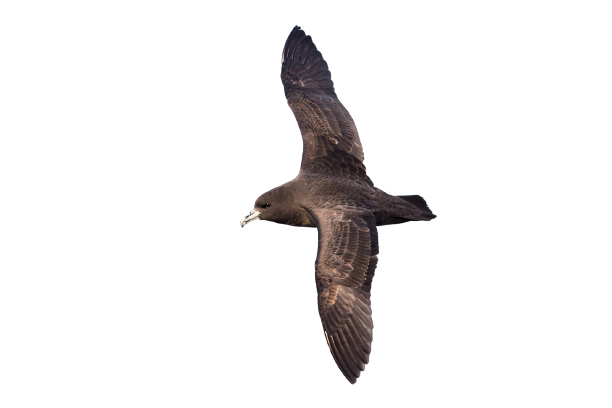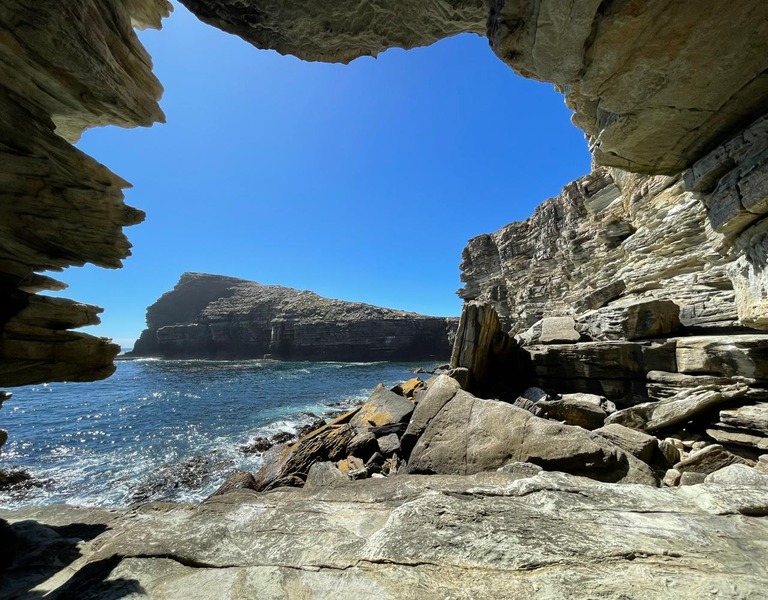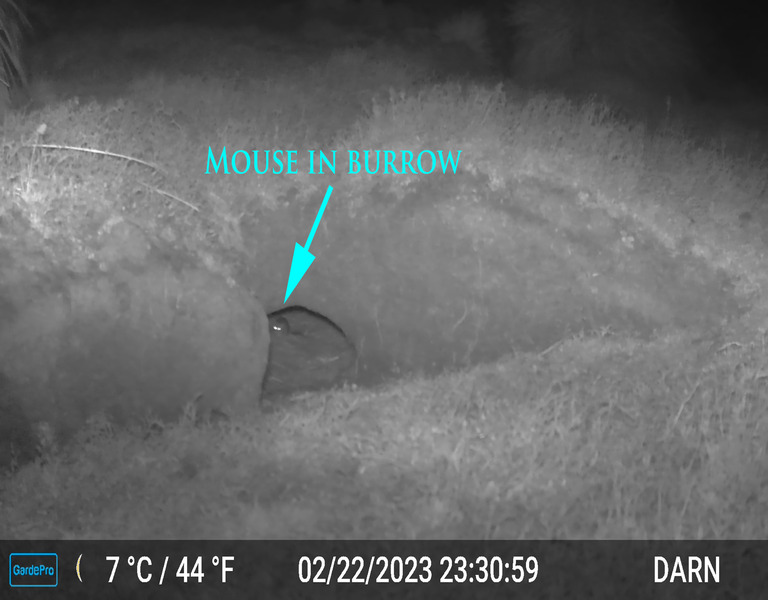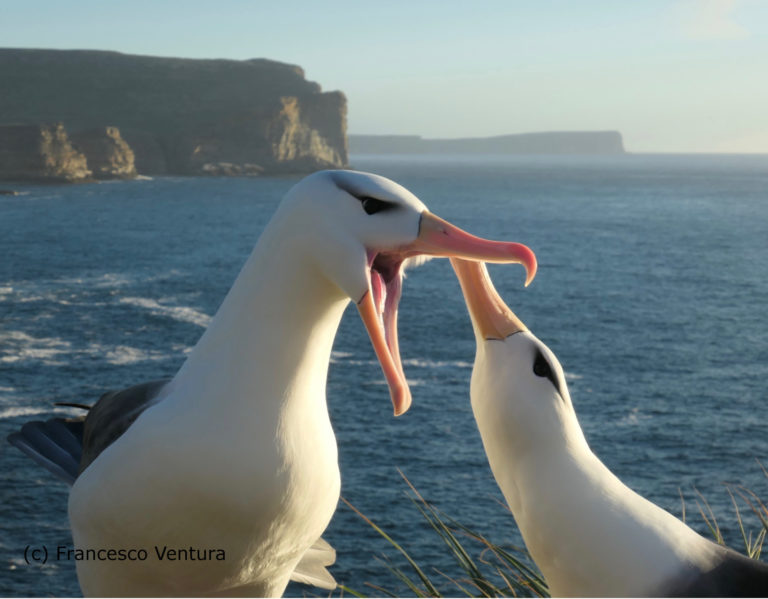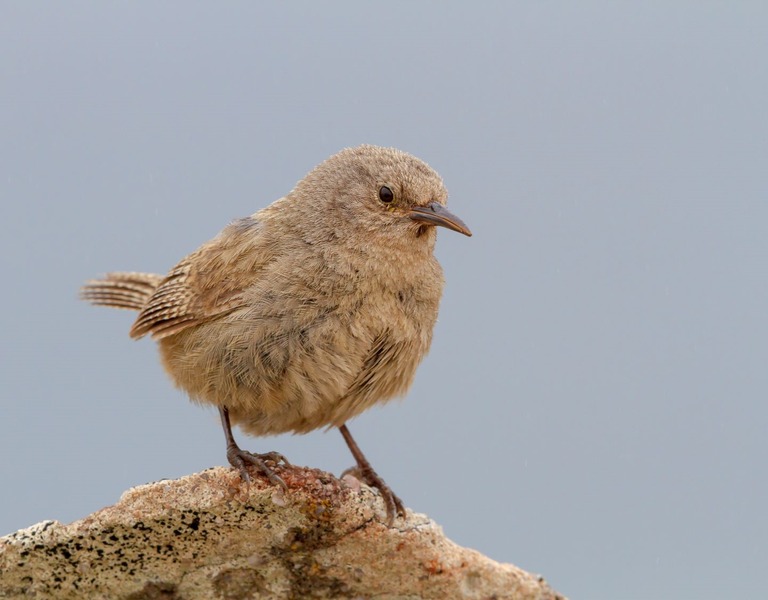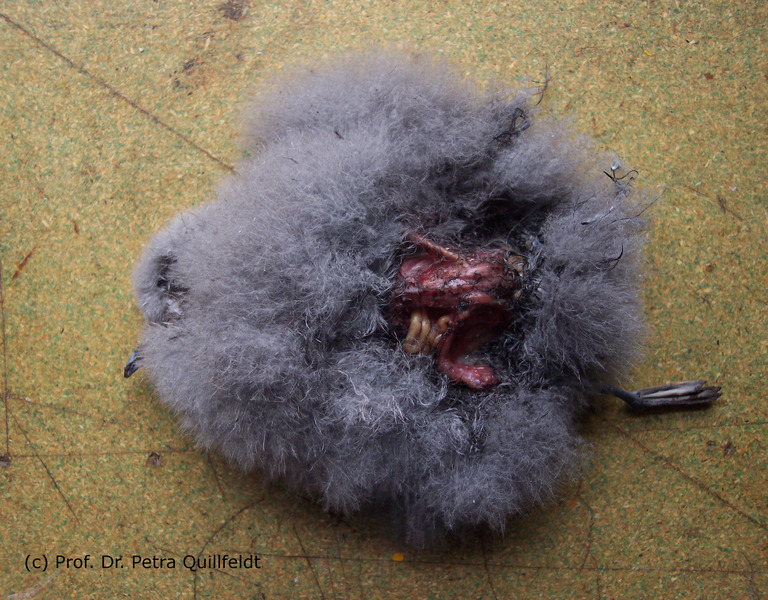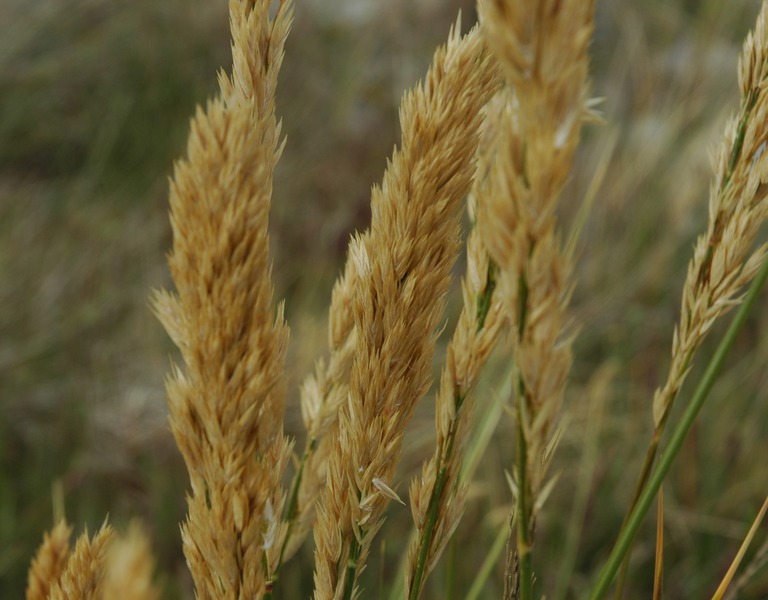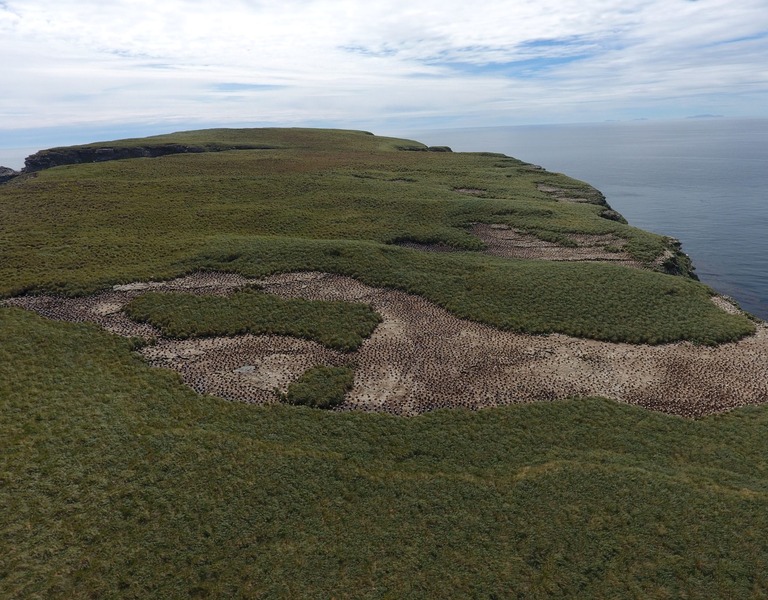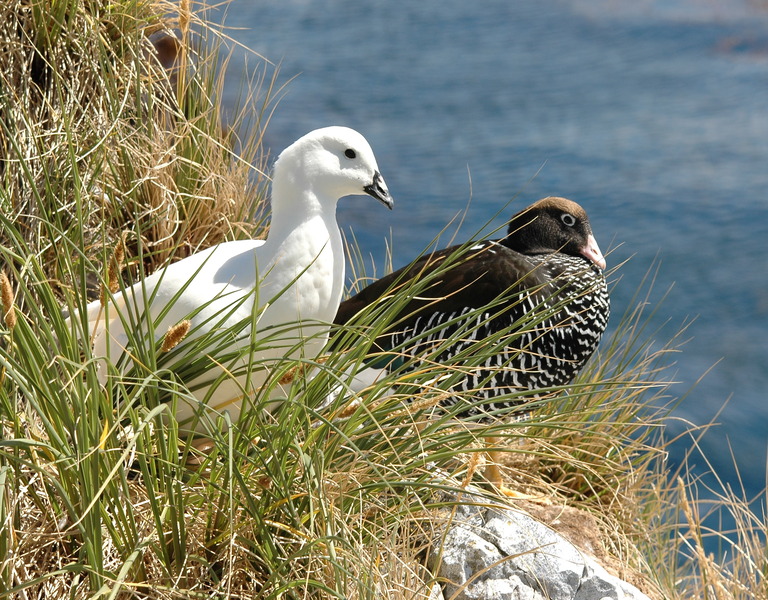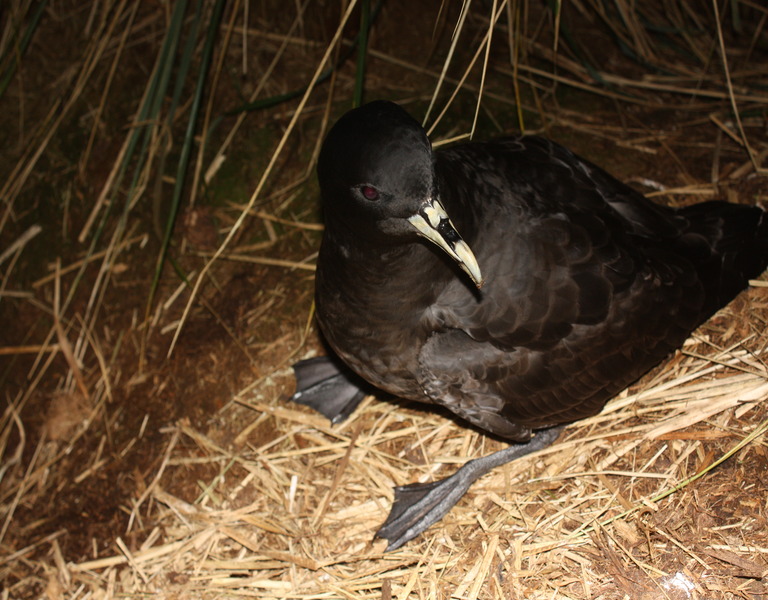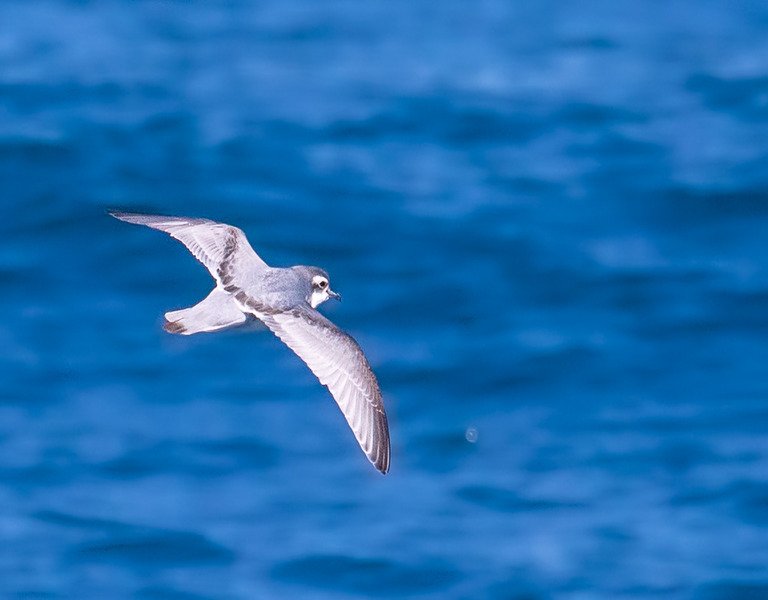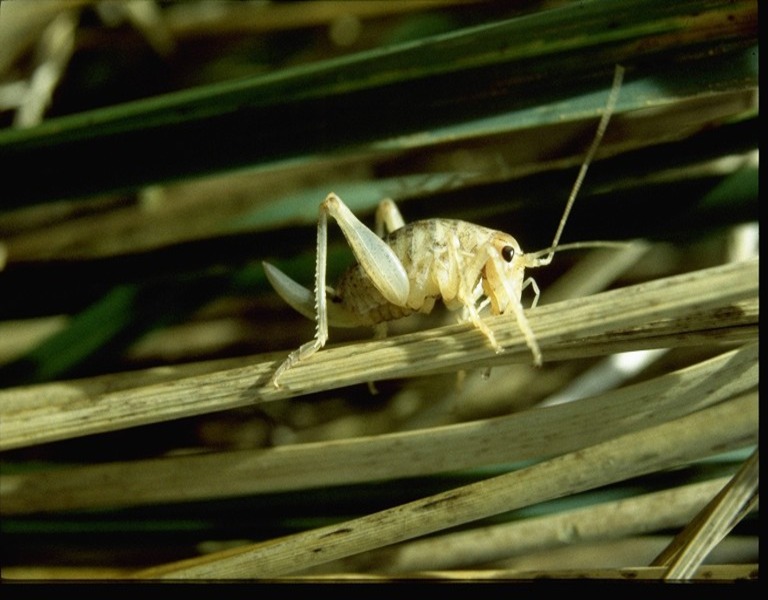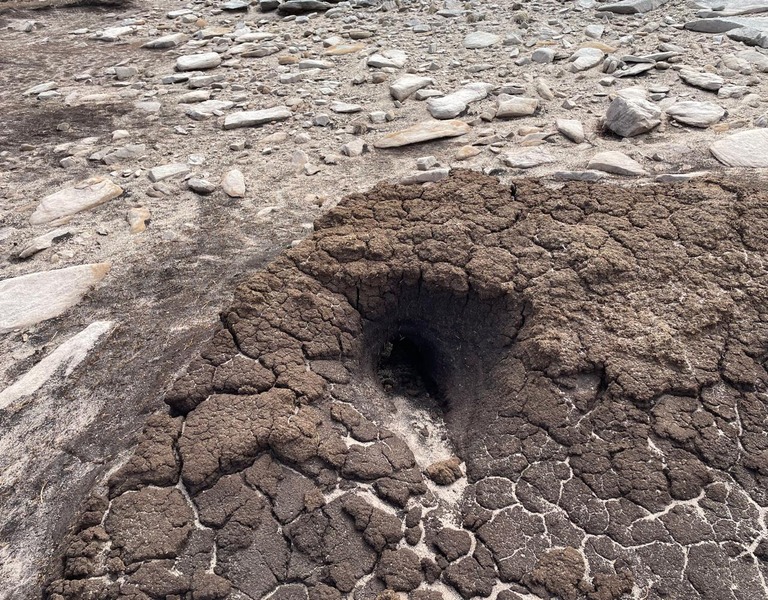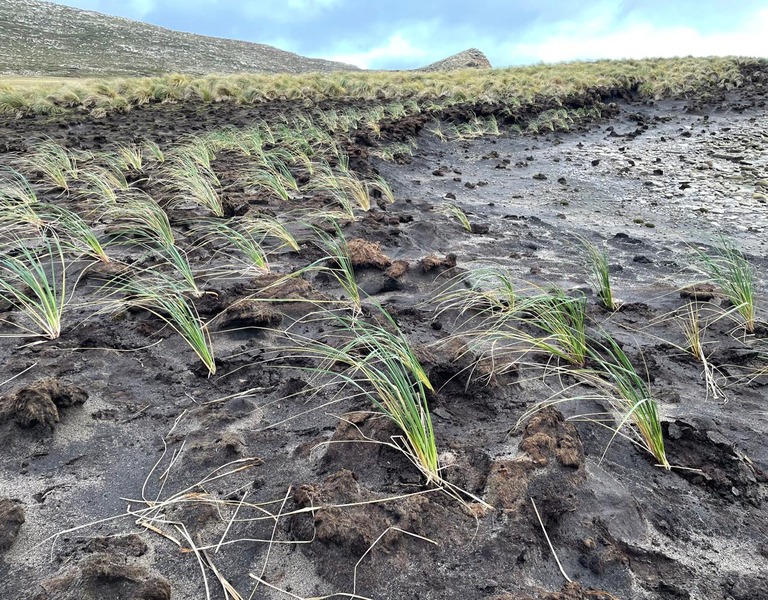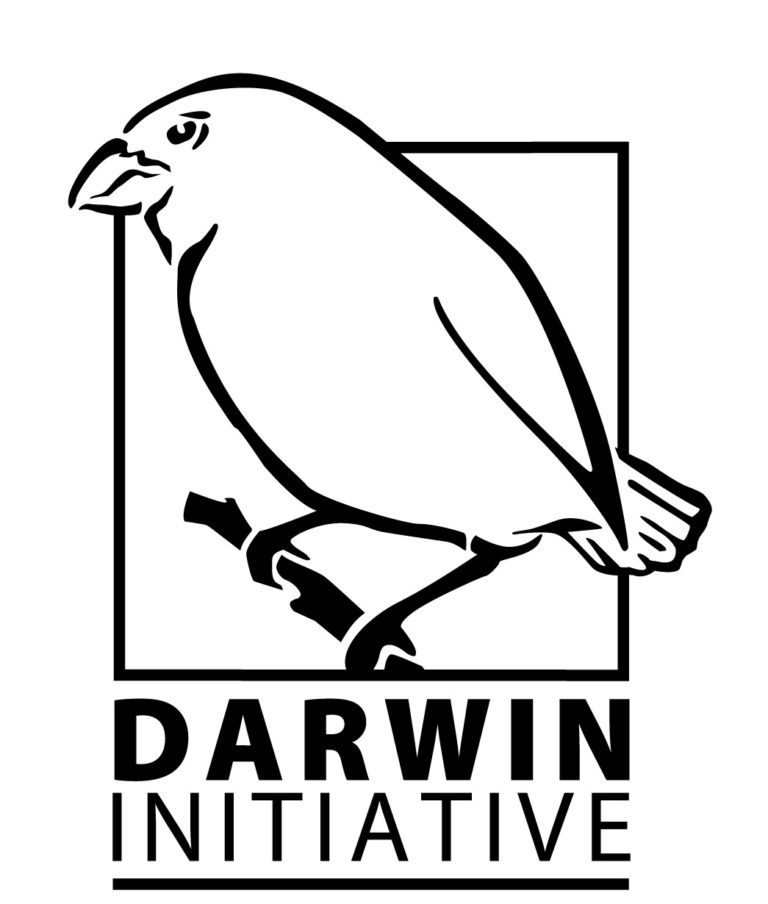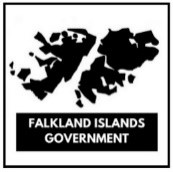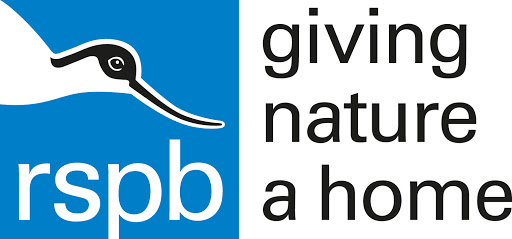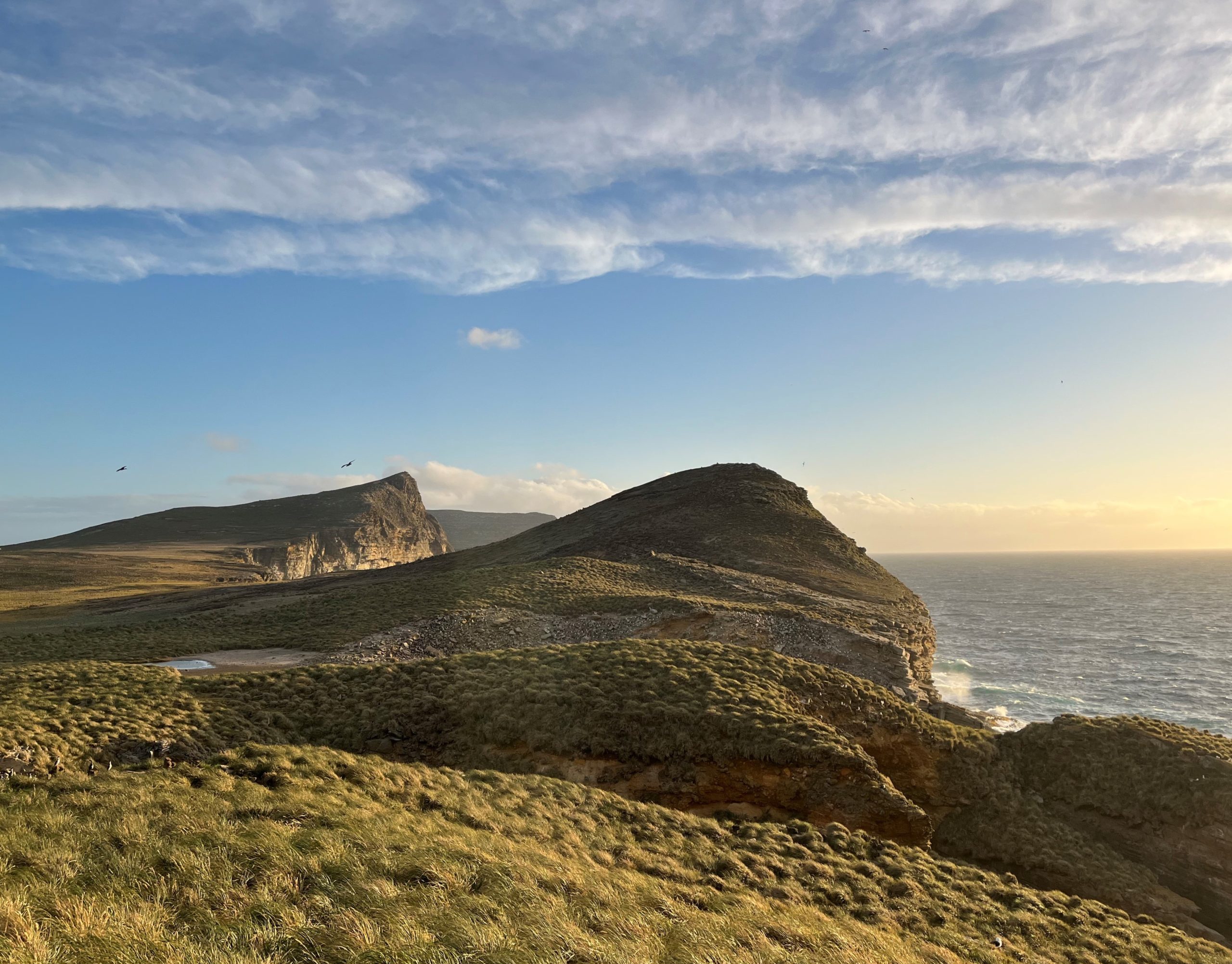The Programme
Located in the far southwest of the Falkland Islands archipelago, New Island’s stunning scenery is matched by an extraordinary range of wildlife.
Thanks to decades of pioneering conservation action and management for nature, New Island remains an incredibly valuable site for wildlife and the Falklands. However, it is far from saved.
Globally, invasive species are implicated in 86% of all recorded extinctions on islands, and on New Island there are four species of invasive mammals which are regarded to be among the world’s most damaging. Despite efforts, the island ecosystem is under threat; endemic species have been lost whilst other species and habitats are declining at an alarming rate. If we do nothing, we will see a continued loss of nature and a bleak future for New Island.




